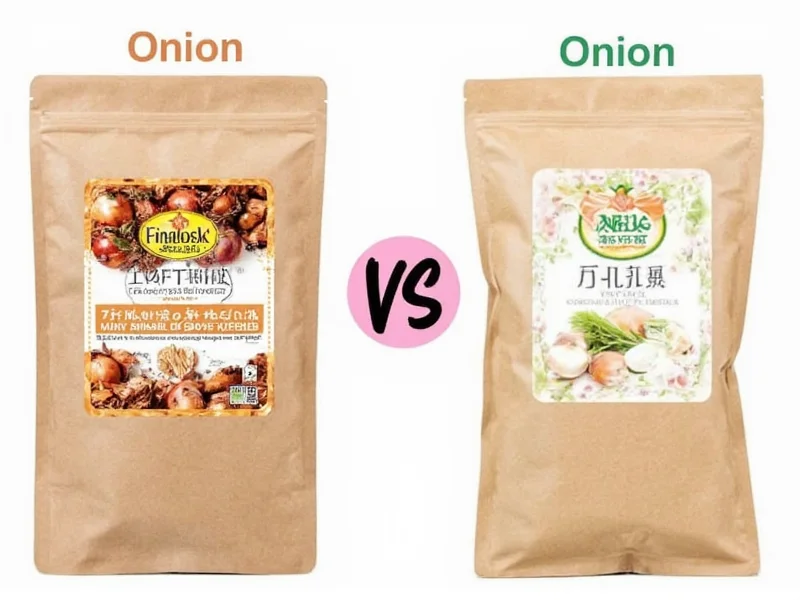Onion powder and fresh onions differ primarily in moisture content, flavor intensity, and culinary applications. One tablespoon of onion powder equals approximately one medium fresh onion in flavor strength, but lacks the moisture and textural qualities of fresh onions. Powder works best in dry rubs and long-cooking dishes, while fresh onions provide crunch and complex flavor layers in sautés and raw applications.
Understanding Onion Powder vs Fresh Onions: A Practical Guide
When deciding between onion powder and fresh onions, understanding their fundamental differences can transform your cooking results. Both originate from the same plant family but undergo different processing that affects flavor concentration, moisture content, and culinary applications.Key Differences Between Onion Powder and Fresh Onions
The primary distinction lies in water content. Fresh onions are approximately 89% water, while onion powder contains virtually no moisture. This dehydration process concentrates flavors but eliminates the textural elements fresh onions provide. Onion powder delivers a more uniform, pungent flavor throughout dishes, whereas fresh onions offer varying intensity from the outer layers to the core. The enzymatic reactions that create complex flavors in fresh onions don't occur in powdered form, resulting in a one-dimensional but consistent taste profile.| Characteristic | Onion Powder | Fresh Onions |
|---|---|---|
| Moisture Content | Nearly 0% | Approximately 89% |
| Flavor Intensity | Consistent, concentrated | Varies by layer, complex |
| Shelf Life | 2-3 years (properly stored) | 1-2 months (refrigerated) |
| Best Cooking Methods | Dry rubs, soups, stews, sauces | Sautéing, grilling, raw applications |
| Nutritional Value | Concentrated nutrients per volume | Higher vitamin C content |
Substitution Guidelines: When and How to Swap
Knowing proper substitution ratios prevents flavor disasters in your recipes. The general rule for onion powder substitution for fresh onion is:- 1 tablespoon onion powder = 1 medium fresh onion (about ½ cup chopped)
- 1 teaspoon onion powder = 1 small fresh onion
- 3 tablespoons onion powder = 1 large fresh onion (about 1 cup chopped)
Culinary Applications: Where Each Form Excels
Onion powder shines in:- Dry spice rubs for meats (creates perfect crust without steaming)
- Long-cooking dishes like stews and soups (dissolves completely)
- Sauces and gravies (provides flavor without texture)
- Commercial food production (consistent flavor batch-to-batch)
- Situations requiring pantry stability (no refrigeration needed)
- Sautés and stir-fries (caramelizes beautifully)
- Raw applications like salads and salsas (provides crunch)
- Grilled dishes (creates charred flavor notes)
- Dishes where visual appeal matters (distinct layers)
- Recipes requiring specific onion varieties (red, yellow, white)
Nutritional Comparison: Health Implications
While both forms contain beneficial compounds like quercetin and allicin, the dehydration process affects nutrient profiles. Fresh onions maintain higher levels of vitamin C and certain volatile compounds that get lost during powder production. However, onion powder concentrates other nutrients by volume since you're removing water. For those monitoring sodium intake, check labels carefully when considering onion powder vs onion salt - many commercial onion salts contain significant added sodium that affects substitution calculations.Storage Considerations for Maximum Freshness
Proper storage dramatically affects shelf life and flavor retention. Store onion powder in an airtight container away from light and heat. Properly stored, it maintains peak flavor for 6-12 months, though it remains safe indefinitely (flavor gradually diminishes). Fresh onions require different handling based on variety. Store yellow onions in a cool, dark, well-ventilated space (not the refrigerator). Red onions last longer when refrigerated, while sweet onions like Vidalias have the shortest shelf life. Never store cut onions at room temperature - always refrigerate in airtight containers.Common Substitution Mistakes to Avoid
Many home cooks make critical errors when substituting between forms. The most frequent onion powder substitution mistakes include:- Using equal volumes (powder is much more concentrated)
- Substituting in moisture-sensitive recipes (like fresh salsas)
- Not accounting for additional salt in seasoned onion products
- Using old, stale powder that has lost flavor potency
- Adding powder too late in cooking (needs time to rehydrate)











 浙公网安备
33010002000092号
浙公网安备
33010002000092号 浙B2-20120091-4
浙B2-20120091-4